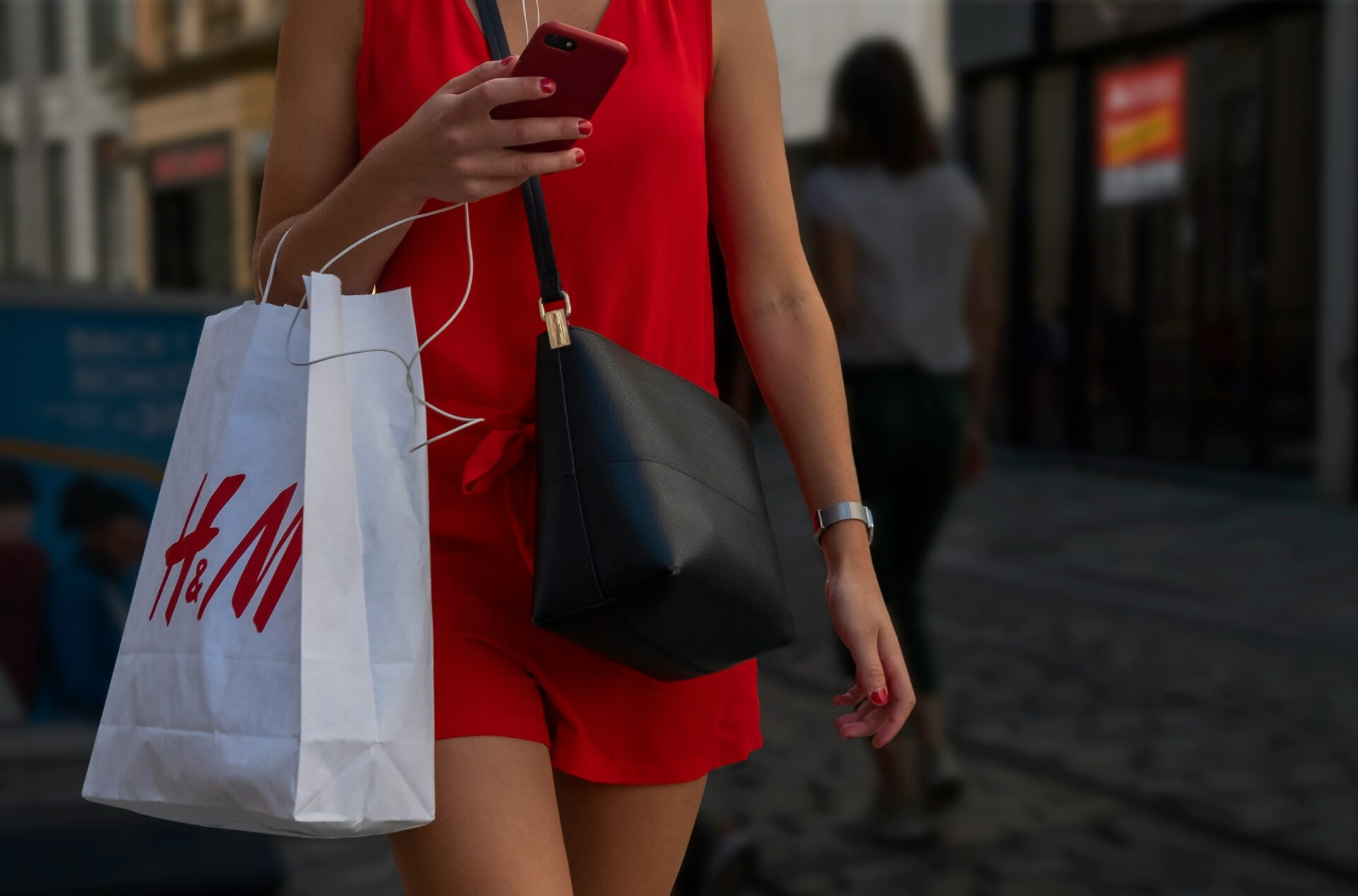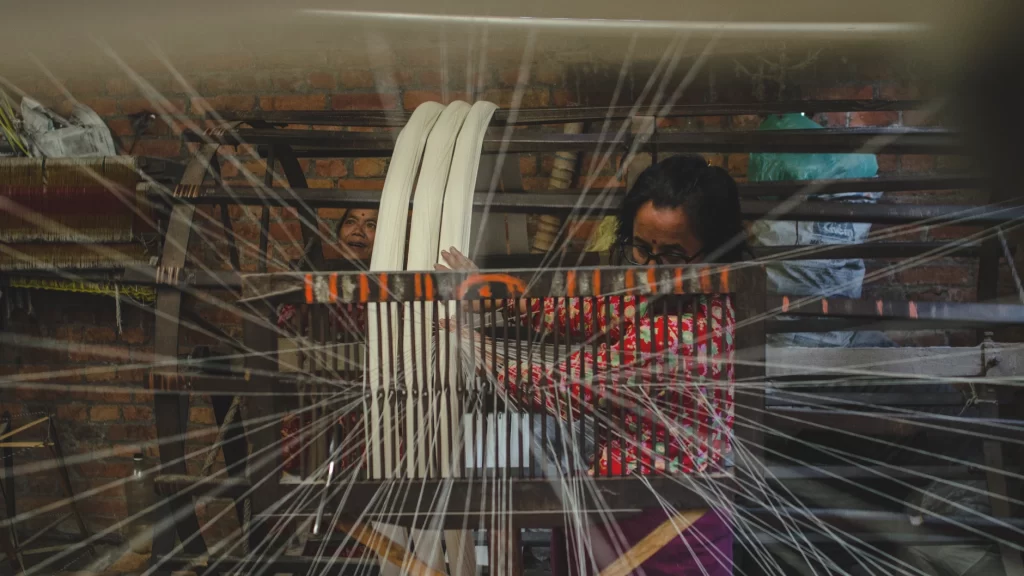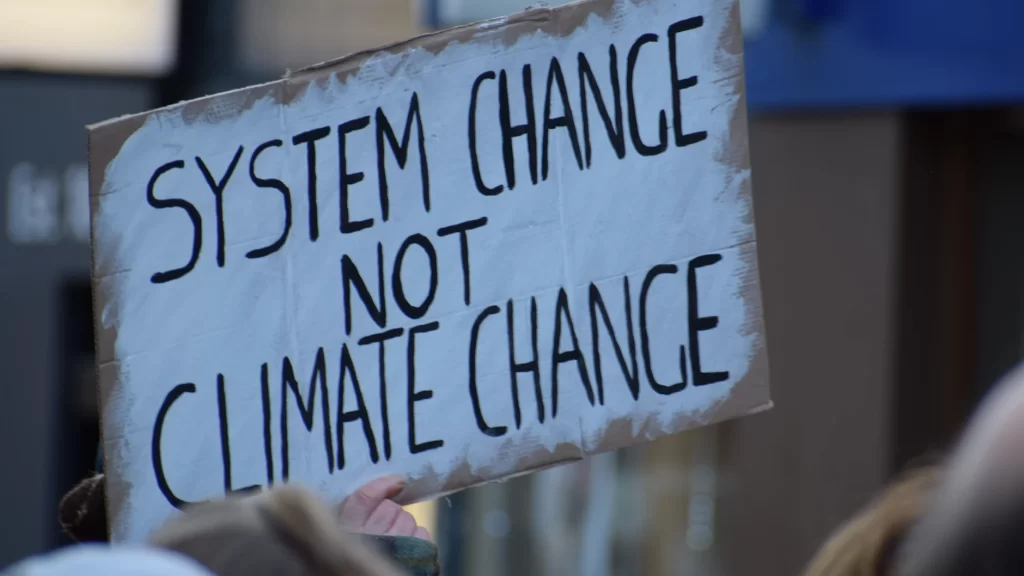How often have you heard it said that some people can only afford to buy fast fashion, ie, cheap clothing? Sure, not everyone can afford to buy skilfully-crafted exquisite garments. But is fast fashion the answer?
Let us consider the defining factors of fast fashion:
- It’s cheap.
- It’s poorly made and low in quality.
- It’s disposable.
- It’s made in terrible conditions.
- It uses a lot of polyester, along with synthetic dyes, which are all terrible for human and planetary health.
Given the above, can we really talk about what people can ‘afford’ and fast fashion in the same breath? Can people, who cannot afford better, really afford to buy clothing that will not last them? Can they afford to throw away clothes, wantonly? Can they afford to deal with the ill-effects of the terrible fabrics they are wearing? And, can they afford to deal with the trash generated from the disposal of clothing, and which invariably ends up in their backyard?
The bottom line: Nobody can afford fast fashion. To understand this better, we need to dive deeper into our understanding of fast fashion. When we talk about fast fashion and disposable clothes, we typically speak of brands on the high street. Zara, H&M, Shein, Nike and Uniqlo, to be even more specific. But fast fashion is a lot more insidious than that. Let’s look at more of what constitutes fast fashion than what we understand it to be.

Your local multi-outlet clothing store
Not all homegrown brands were created equal. According to the Fashion Revolution Fashion Transparency Index 2023, Big Bazaar and Van Heusen scored a 0% rating for transparency, while Reliance Trends scored only 10%. These brands don’t want you to know how they manufacture their garments, what goes into these clothes, and what they’re doing to ensure better. Ostensibly because the picture ain’t a pretty one!
Your local bazaar
The cloth shops in your local bazaar are a great place to buy cheap clothing, but unless what you’re buying is a local craft, most of this clothing comes with its own set of hazards. If you start asking questions of your shopkeepers, you will realise even the more expensive materials, unless exclusively classified as ‘pure’, have some element of polyester in them. And there’s no way to tell what chemicals they are made of. As Alden Wicker, in her book, To Dye For, discovered, some textile producers in Tirupur use their most premium quality raw materials and production methods for the EU market, which has the most stringent policies with regard to quality of imports. Once they’ve met all the demands of the various export markets, they use up their poorest materials for production for the local market, since there is little to no governance they need to abide by. What that means is, the dyes and chemicals used to manufacture textiles for the indigenous market are not the safest of the lot.
According to a June 2023 report, 7 quintals of clothing was found to have been dumped in the Bhagirathi and Yamuna rivers, by Char Dham pilgrims. Pilgrims, after taking a dip in the holy river, have been leaving their clothing behind rather than take on the hassle of lugging along wet clothes. The only way someone could leave behind clothing, without a care, is if it’s been cheaply bought. Interestingly, most of these garments were found to be saris. Even more interestingly, these saris are mostly made of polyester. In short, these are machine- made saris that are full of plastic, and that we’re thoughtlessly throwing into rivers we consider holy!

The luxury market
We often see fast fashion and luxury as mutually exclusive. They are not. Most luxury brands have their clothing manufactured in the same factories as high street brands. When the Rana Plaza factory collapsed, in April 2013, among the labels found in the rubble were Prada and Versace. According to reports, brands like Coach, Adidas and Nike have been linked to deforestation in the Amazon, which was once the world’s largest carbon sink, but is now a carbon emitter. Perhaps what we really need is to redefine the word luxury, to associate it with better materials and exquisite workmanship, over brand tags.
Unchecked thrifting
Thrifting comes in many forms: Secondhand clothing, export rejects and ‘first copies’. And while enough arguments can be made in favour of all of these being sustainable, an equal number of arguments can be made against. For one, it is important to appreciate that these are all products of a faulty manufacturing system as well as mindless consumption. Export rejects were rejected because of quality issues that are a natural fallout of poor manufacturing.
Cheap copies exist because not everyone can afford luxury products, but everyone ‘wants’ them. And all this is true of secondhand clothing, too. People sell their clothing for a variety of reasons. Sizes change, lifestyles change, and that’s all right. But far too often, the secondhand market feeds the first-hand market. So we end up buying stuff because it’s easy to sell off, in case it doesn’t work for us, further fuelling consumption.
There’s so much more to fast fashion than meets the eye. What are your thoughts? Tell us in the comments.







